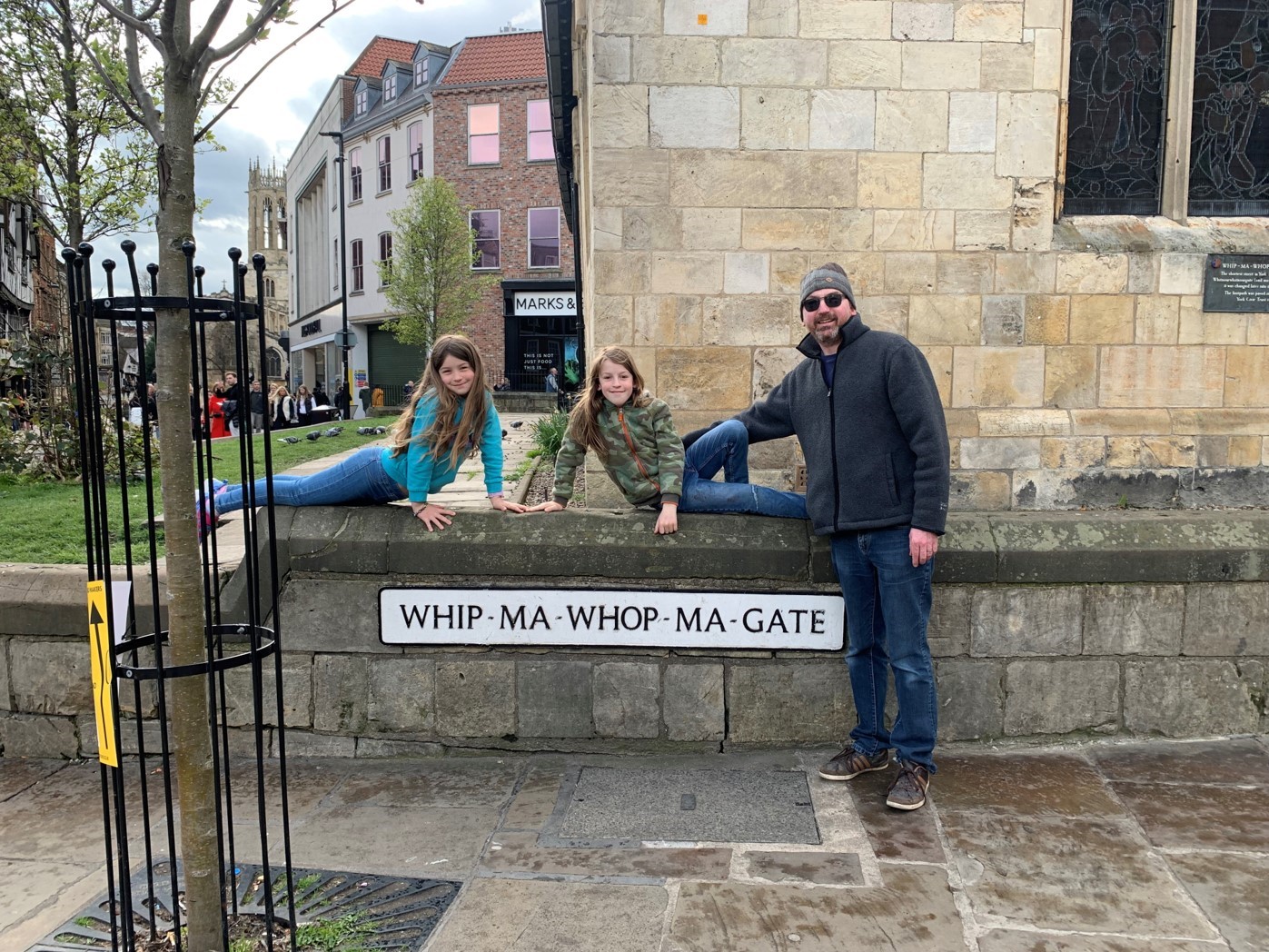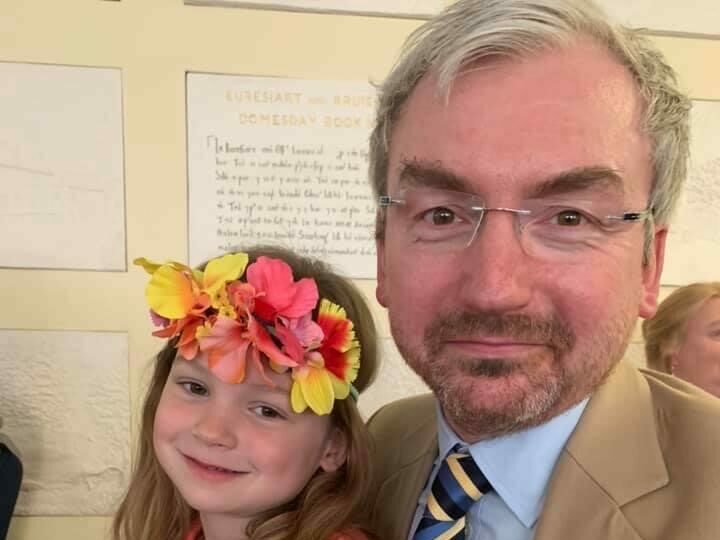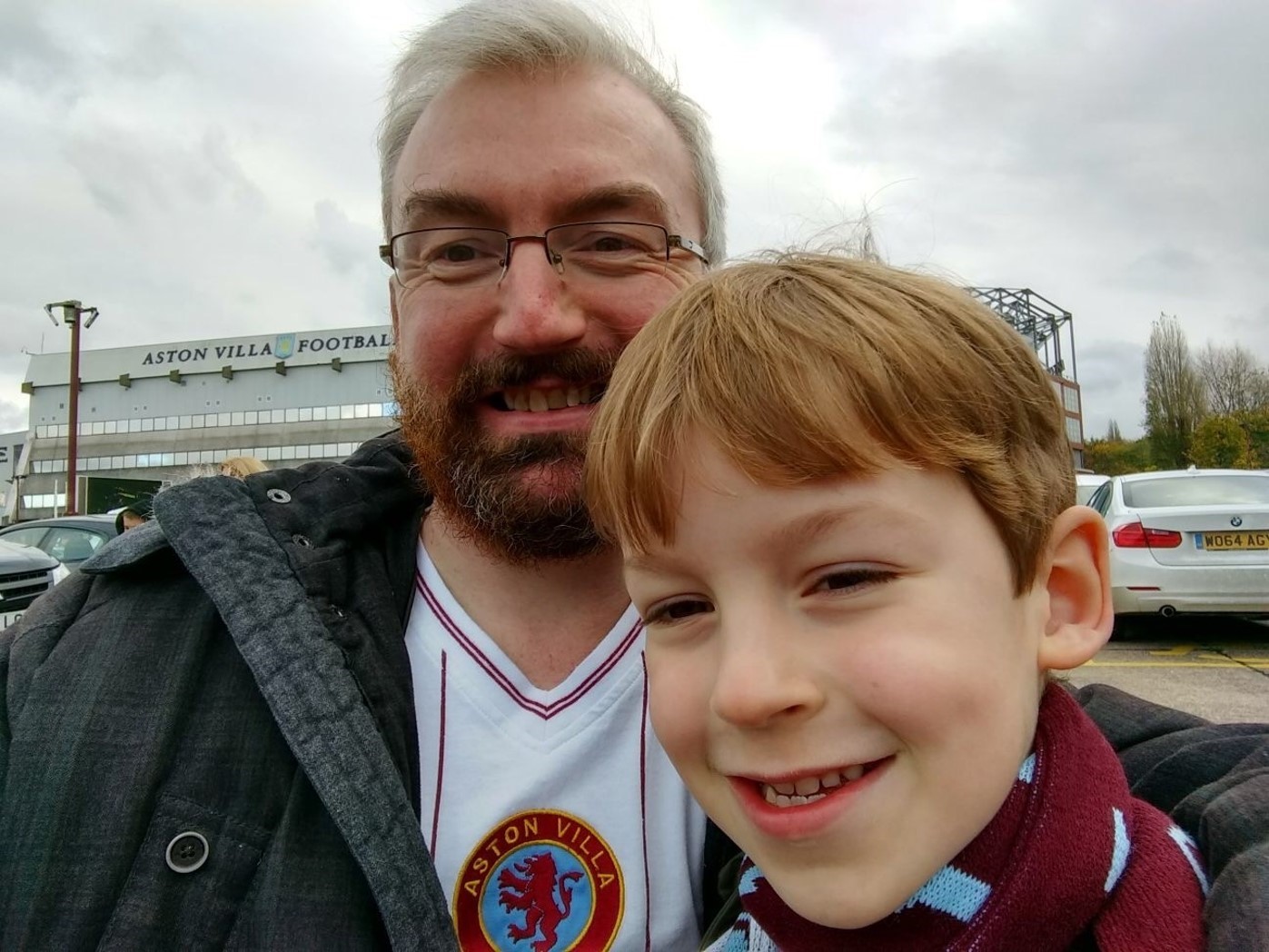Peter Smallbone was just 47 when he died after being diagnosed with a glioblastoma only 15 months previously. He left behind his two young children, now 9 and 11 and his wife Laura.
Laura said: “When Pete was diagnosed with a glioblastoma in April 2021, the prognosis was poor. We knew it couldn’t be cured, but we knew we could fight it. When it recurred, Pete had surgery, but there were no other treatment options for us – there needs to be a better roadmap for recurrence”.
Signs and symptoms
Peter was an active father of two and had very few symptoms in the lead up to his brain tumour diagnosis.



Laura said: “Pete suffered from the odd headache, but he just took paracetamol and he was fine. Just the day before being admitted into hospital over the Easter weekend, he had taken our children to football practice.”
“There were other signs that in hindsight were linked to Pete’s brain tumour. His personality changed, which we now know was due to the glioblastoma being in the right frontal lobe. He began to obsessively buy lots of tickets for things, such as gigs, sometimes two on the same night. He also began to question how happy he was with his life. And could say mean things to me and the children which was very unlike him. He was a very loving husband and dad.”
On Saturday Peter had severe fatigue. But as the day went on, he rapidly went downhill and started vomiting and swaying when he was walking. Laura spoke to the NHS 111 service who recommended he come into A&E, but by the time Laura was getting ready to leave, Peter couldn’t remember how to dress himself, so she called an ambulance.
Peter was immediately taken to the Queen Elizabeth Hospital in Birmingham where he had a CT scan.
Glioblastoma diagnosis

Laura said: “The doctors said that they had found a mass and that it was likely to be cancer. It was a very difficult time as I couldn’t be at the hospital with him due to all of the COVID restrictions.”
Peter had surgery the next day, which was Easter Sunday. The debulking surgery was successful and surgeons were able to remove the 8cm tumour in Peter’s brain. The tumour was confirmed to be a glioblastoma and a grueling regiment of radio- and chemotherapy followed.
Laura said “It was hard not seeing my husband for a week following his diagnosis and surgery. It was also difficult having to have many of our consultations over the phone because of the pandemic.
“There was a sense of frustration because we had to fight so hard to get Pete the care he needed. Communicating with different sectors of the NHS was difficult, and I would like to see that improved in the future. Having to explain our situation over and over to different people was very hard. We also had a fight for end of life care for Pete.”
Peter underwent several rounds of treatment, which initially worked and the family were able to enjoy the summer of 2021 and make lots of memories together.
No more treatment options available
However, later that year routine scans showed that the glioblastoma was back and Peter had surgery just before Christmas 2021. But, just 8 weeks later, the tumour had grown again and there were no other treatment options available.
Laura said: “We sought second opinions, we tried all the options given to us, but after Pete’s tumour grew back, we were told there was nothing else that could be done. I was caring for him at home with the support of carers and after several falls he went into a hospice. The hospice was peaceful, and the whole family were able to visit him – even the dog. A few weeks after going into the hospice, Pete died, aged just 47.
“This has been really hard for the family, especially our two young children. Pete was absolutely determined to make the most of what he had, and do all the fun things for as long as he could. Losing Pete bit-by-bit to this cruel disease was difficult. I’d really like to see more options for families like ours. For 15 months we were asking ourselves ‘OK, so now what do we do?’ – there needs to be more treatment options for people diagnosed with a glioblastoma. There also needs to be more awareness of the disease so that there is a greater understanding of what families like ours had to face.”
We’ve funded the ARISTOCRAT trial which aims to offer those with recurrent glioblastoma a treatment option when there are very few treatment options available.
